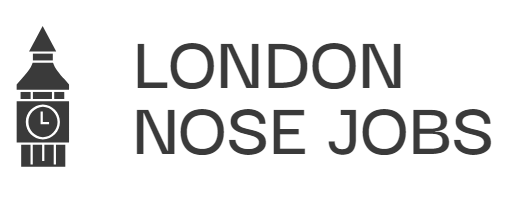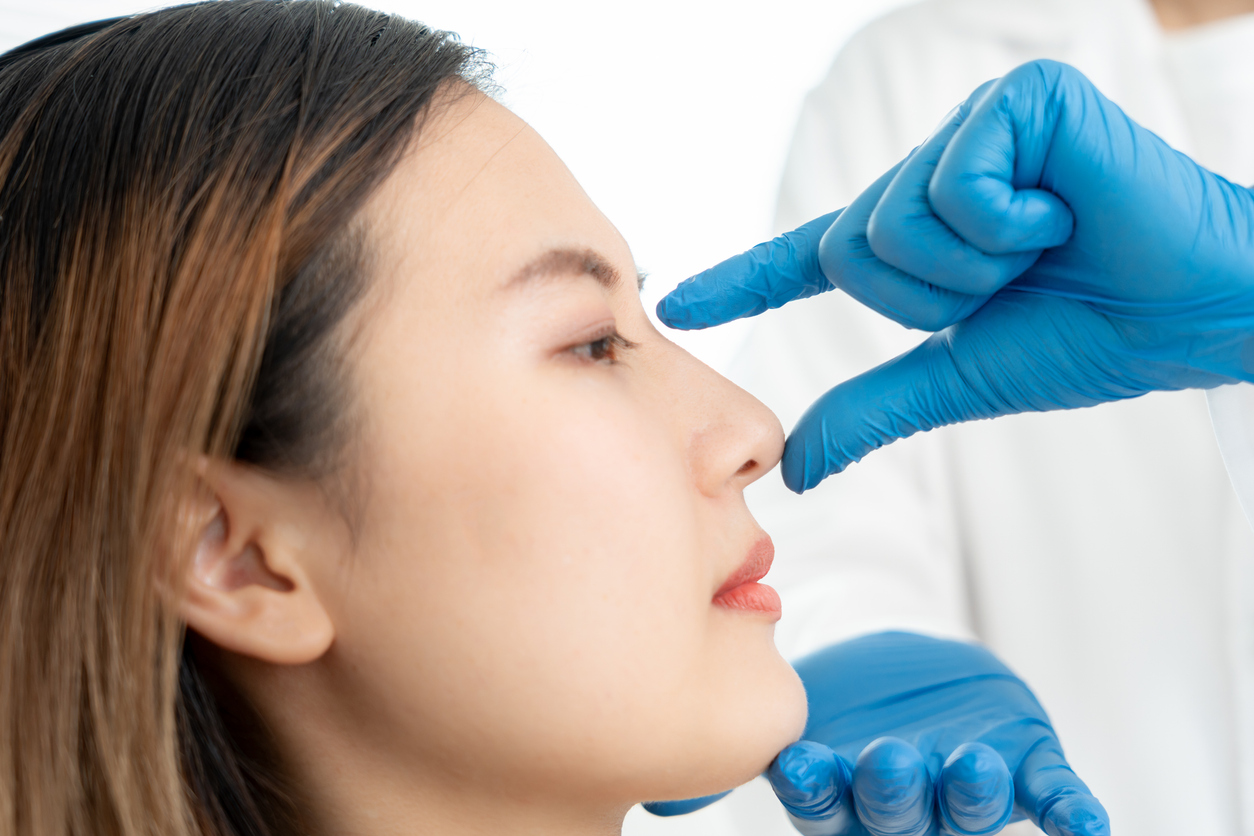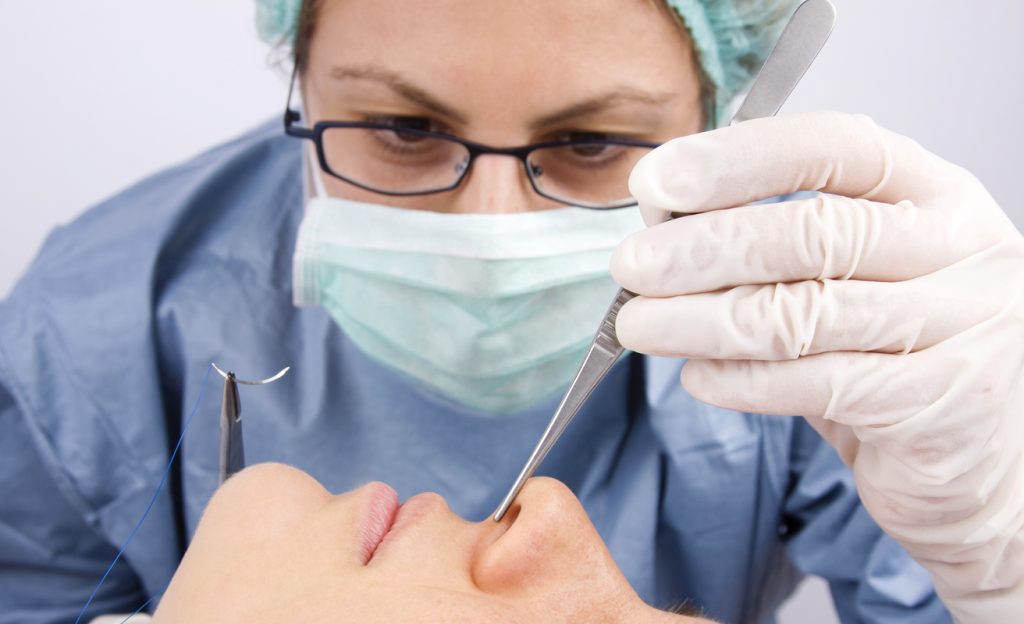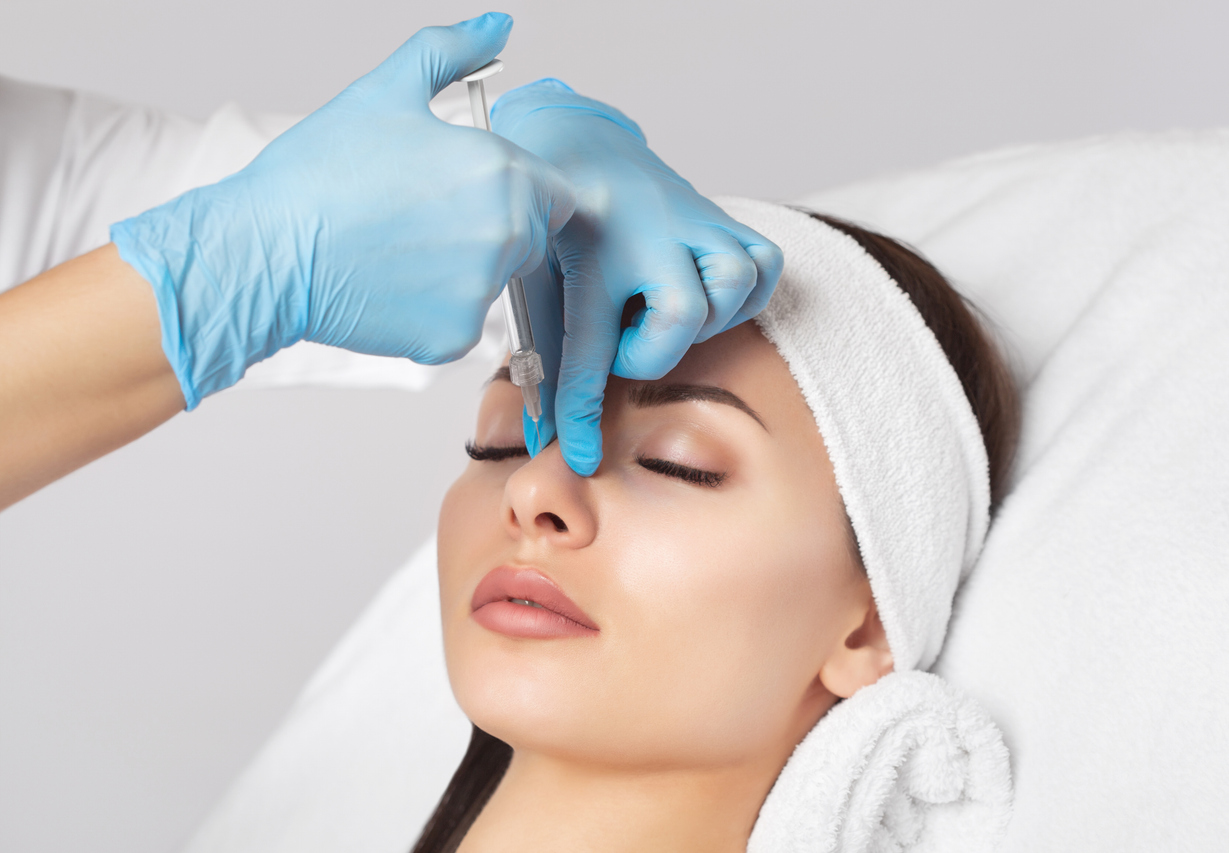Ever looked in the mirror and wondered if you could change your nose without going under the knife? You’re not alone. More and more people are exploring non-surgical options to tweak their noses.
It’s all about subtle changes and quick fixes these days. But, how do these methods stack up against traditional surgery? Let’s dive into the world of non-surgical nose reshaping and see what’s possible.
Key Takeaways
Non-surgical nose reshaping is gaining popularity as a less invasive alternative to surgery.
Techniques like dermal fillers and thread lifts offer temporary solutions with minimal downtime.
While non-surgical methods can provide quick fixes, they may not offer permanent results.
Choosing the right practitioner is crucial for safe and effective treatment outcomes.
Advancements in technology continue to improve the options available for non-surgical nose reshaping.
Understanding Non-Surgical Nose Reshaping
Exploring Injectable Fillers
Injectable fillers are a popular choice for those looking to adjust their nose shape without going under the knife. These fillers, often made from hyaluronic acid, can be used to smooth out bumps, enhance the bridge, or even out asymmetries.
The procedure is typically quick, often taking less than an hour, and results can be seen immediately. However, the effects are not permanent, usually lasting between six months to two years, depending on the type of filler used.
Benefits of Non-Surgical Options
Non-surgical nose reshaping offers several appealing benefits.
No general anaesthesia required, minimizing surgical risks.
Minimal recovery time, enabling quick return to daily activities.
Significantly lower cost compared to surgical alternatives, enhancing accessibility.
Offers a temporary solution for those uncertain about permanent changes, allowing exploration of different looks.
Limitations and Considerations
While non-surgical options are advantageous, they do have limitations. The results are temporary, requiring regular maintenance for those seeking long-term changes. Moreover, these procedures cannot significantly reduce the size of the nose or address internal structural issues, such as breathing problems.
It’s crucial to consult with a qualified practitioner to understand the potential outcomes and risks involved. Always ensure that the clinic is reputable and that the practitioner has extensive experience with non-surgical nose reshaping.
Non-surgical nose reshaping is an exciting option for those seeking subtle changes without the commitment of surgery. It’s about enhancing what you have, not creating something entirely new.
Popular Non-Surgical Techniques for Nose Reshaping
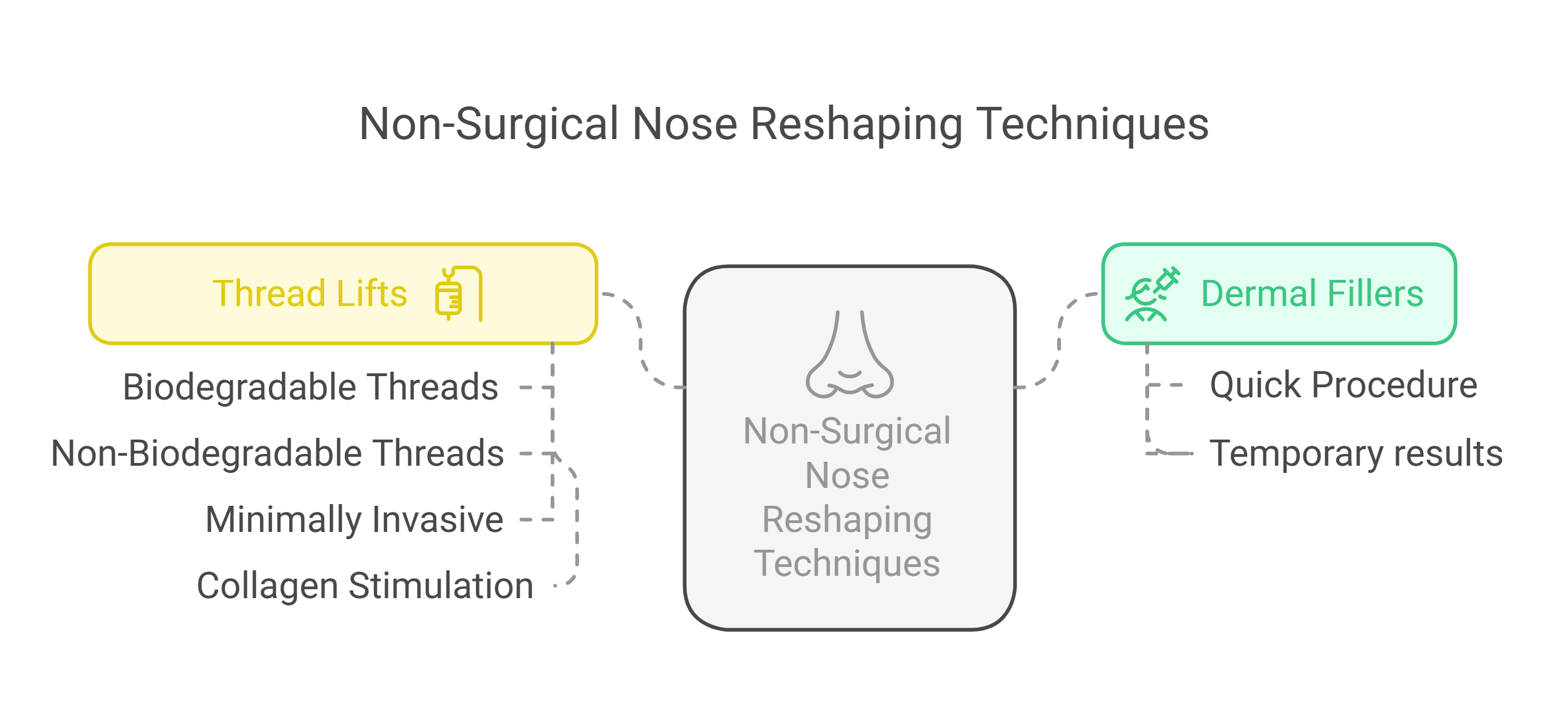
Dermal Fillers for Nose Contouring
Dermal fillers are a popular choice for those looking to reshape their nose without going under the knife. These injectables can smooth out bumps, enhance the nose’s symmetry, and even lift the tip slightly. The process is quick, typically taking less than an hour, and results are visible almost immediately.
One of the major advantages is that there’s no downtime, allowing you to return to your daily activities right away. However, it’s important to note that the effects are temporary, usually lasting between 6 to 18 months, depending on the type of filler used.
Thread Lifts for Nose Enhancement
Thread lifts offer another non-surgical option for nose reshaping. This technique involves inserting thin threads under the skin to lift and shape the nose. It’s a minimally invasive procedure that provides subtle yet noticeable results.
The threads used are biodegradable and non-biodegradable.
- Biodegradable dissolves over time while stimulating collagen production.
- Non-Biodegradable are semi-permanent and permanent. It provides long-lasting lifting effects and offers stronger support for sagging skin.
While thread lifts are generally safe, there’s a small risk of infection or thread migration, so choosing a skilled practitioner is crucial.
The Science Behind Non-Surgical Nose Reshaping
How Fillers Work to Reshape the Nose
Non-surgical nose reshaping primarily uses dermal fillers to alter the nose’s appearance without invasive surgery. These fillers, often made of hyaluronic acid, are injected into specific areas of the nose to add volume, smooth out irregularities, and enhance symmetry.
The beauty of this method is its precision and reversibility—if you’re not satisfied with the results, the filler can be adjusted or dissolved. The process involves a skilled practitioner who understands facial anatomy and aesthetics to ensure the changes look natural.
The Role of Collagen in Skin Elasticity
Collagen plays a key role in maintaining skin elasticity and firmness. As we age, collagen production decreases, leading to sagging skin and wrinkles. Non-surgical treatments often stimulate collagen production, helping the skin maintain its youthful appearance. By encouraging natural collagen growth, these procedures not only reshape the nose but also improve the overall texture and resilience of the skin.
Safety and Efficacy of Non-Surgical Methods
Safety is a top priority when considering any cosmetic procedure. Non-surgical nose reshaping is generally considered safe, with minimal risks compared to traditional surgery. The side effects are usually mild, such as swelling or bruising, and they tend to resolve quickly.
However, it’s crucial to choose a qualified practitioner to minimise risks and ensure the best results. The efficacy of these methods largely depends on the skill of the practitioner and the quality of the materials used. With the right combination, patients can achieve significant improvements in their nose’s appearance without the downtime of surgery.
Opting for non-surgical nose reshaping can be a fantastic way to refine your look without the commitment of surgery. It’s about enhancing your natural beauty with subtle, yet impactful changes.
Choosing the Right Practitioner for Non-Surgical Nose Reshaping
Qualifications to Look For
When considering non-surgical nose reshaping, it’s vital to find a practitioner with the right qualifications.
Ensure certification by a recognized governing body in aesthetics.
This certification reflects a commitment to high standards of practice.
Seek practitioners with specialized training in non-surgical procedures.
Specialized training indicates a focus and expertise in non-surgical techniques.
Questions to Ask During Consultation
Before committing to a procedure, it’s wise to have a thorough consultation. Here are some key questions to ask:
What specific training have you completed in non-surgical nose reshaping?
How many procedures have you performed, and can you provide before-and-after photos?
What are the potential risks and side effects, and how do you handle complications?
These questions can help you gauge the practitioner’s experience and approach, ensuring you feel confident in their abilities.
Understanding the Procedure Process
Understanding the process of non-surgical nose reshaping is crucial for setting realistic expectations. Typically, the procedure involves the use of dermal fillers to subtly alter the shape of the nose. The process is relatively quick, often taking less than an hour, and involves minimal discomfort. However, it’s important to discuss the expected outcomes and any necessary aftercare with your practitioner to ensure a smooth recovery and satisfactory results.
Choosing the right practitioner isn’t just about qualifications; it’s about finding someone you trust to guide you through the process safely and effectively. Your comfort and confidence in their skills are paramount to achieving the desired outcome.
Managing Expectations with Non-Surgical Nose Reshaping
Realistic Outcomes and Results
When it comes to non-surgical nose reshaping, it’s essential to have a clear understanding of what these procedures can and cannot achieve. Non-surgical methods are fantastic for subtle enhancements, such as smoothing out small bumps or adding volume in specific areas.
However, if you’re looking for dramatic changes, surgery might still be the way to go. Non-surgical techniques are temporary and typically last between 6 months to a year, depending on the type of filler used. It’s crucial to discuss with your practitioner what outcomes are realistic for your particular case.
Potential Side Effects and Risks
While non-surgical nose reshaping is generally safe, being informed about potential side effects and risks is important. Common side effects include redness, swelling, or bruising at the injection site, which usually subsides within a few days.
In rare cases, there might be complications such as infection or filler migration. Always ensure that your procedure is performed by a qualified professional to minimise risks.
Aftercare and Maintenance Tips
Proper aftercare is key to maintaining results and minimising side effects. Here are a few tips to follow post-procedure:
Avoid touching or pressing on the treated area for at least 24 hours.
Refrain from strenuous activities and exposure to extreme heat or cold for a couple of days.
Follow any specific instructions your practitioner provides, such as applying ice packs or taking prescribed medication.
Remember, the longevity of your results also depends on how well you take care of your skin. Regular follow-up appointments can help in maintaining the desired look.
The Future of Non-Surgical Nose Reshaping
New technologies are making these treatments more accessible and effective than ever before. From advanced dermal fillers that offer longer-lasting results to innovative techniques like ultrasound-based contouring, the future is bright for those seeking non-invasive options.
These advancements mean that patients can achieve their desired look with minimal downtime and discomfort.
The Impact of AI and Technology
Artificial Intelligence (AI) is making waves in the aesthetic industry. AI-driven tools are now capable of analysing facial structures with precision, allowing practitioners to tailor treatments to individual needs.
This level of personalisation ensures that outcomes are more natural and aligned with patient expectations. Moreover, AI helps in predicting how different treatments will react with an individual’s unique skin type, enhancing the safety and efficacy of non-surgical procedures.
Trends in Personalised Aesthetic Care
Personalisation is the buzzword in today’s aesthetic market. Thanks to data analytics, practitioners can now offer treatments that are not only effective but also uniquely suited to each client.
This trend is not just about looking good now but ensuring skin health in the future. Light resurfacing treatments and hydrating boosters are becoming staples in the beauty routines of those in their 20s and 30s, aiming to delay signs of ageing.
The future of aesthetic treatments is not just about enhancing appearances but aligning with a holistic approach to wellness. This means looking good and feeling good, with treatments that support both physical and emotional well-being. The industry is moving towards solutions that integrate beauty with health, offering patients a comprehensive approach to self-care.
Conclusion
Reshaping your nose without going under the knife is a growing trend. With advancements in non-surgical techniques, like fillers and thread lifts, you can achieve noticeable changes with little to no downtime. These methods offer a way to enhance your appearance while avoiding the risks and recovery time associated with surgery.
It’s all about finding what works best for you and consulting with a qualified professional who can guide you through your options. Remember, the goal is to feel confident and comfortable in your own skin, and with these modern solutions, that’s more achievable than ever.
Frequently Asked Questions
What is non-surgical nose reshaping?
Non-surgical nose reshaping uses fillers to change the shape of the nose without surgery. It can make the nose look smoother or more balanced.
How long do the results of non-surgical nose reshaping last?
The effects usually last between 6 months to 2 years, depending on the type of filler used and how your body reacts to it.
Are there any risks with non-surgical nose reshaping?
Like any procedure, there are some risks, such as swelling, bruising, or redness. It’s important to go to a qualified professional to minimise these risks.
Can anyone have non-surgical nose reshaping?
Most people can have this procedure, but it’s best to consult with a practitioner to see if it’s right for you, especially if you have any health conditions.
How much does non-surgical nose reshaping cost?
The cost varies based on the clinic and the type of filler used, but it is generally less expensive than surgical options.
What should I expect during the procedure?
During the procedure, a practitioner will inject fillers into specific areas of your nose. It usually takes about 15 to 30 minutes and you can go home right after.
